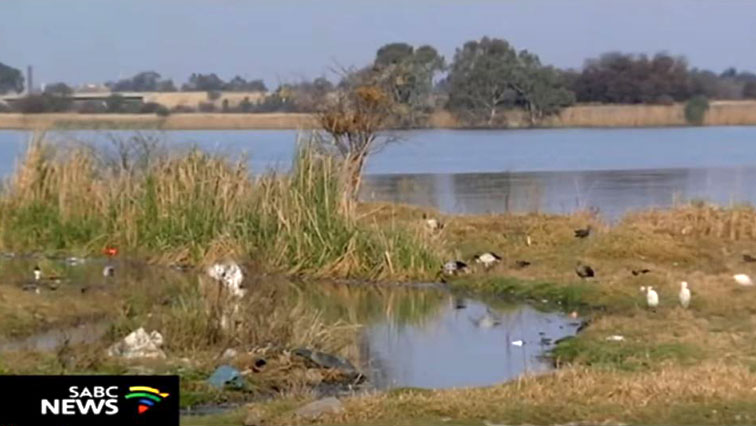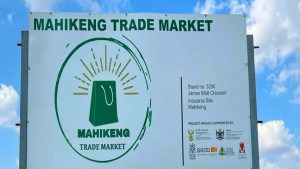Environmental experts in the North West say poor water quality and erratic supply pose a significant threat to the province’s economic growth.
During a webinar on the province’s Environmental Outlook Report, experts explained that while there had been some improvements, E. coli concentrations continue to exceed acceptable levels.
The state of water in the North West is complicated as the province is downstream of two large water systems which both transport pollutants from Gauteng to the North West.
Economic Development, Environment and Conservation MEC, Kenetswe Mosenogi, says, “North West province is downstream of two large water systems – the Vaal and the Crocodile River, which transport the multiple sources of effluent resulting in nutrient pollution. A successive drying up and pollution of upstream resources have potentially disastrous consequences for the North West province. This may affect the water for residential use and human consumption, agriculture, mining and industrial activities.”
North West’s economic growth impacted by poor water quality:
High affluence levels also pose a significant threat to local aquatic ecosystems as seen with the invasive water hyacinth in the Hartbeespoort Dam.
According to Justice Maluleke, Director of Water Regulation and Use, they are extremely worried about water pollution.
“When we look at the Crocodile Rive, it received plus-minus 760 megalitres of affluence from Gauteng through the Hartbeespoort Dam, Roodekoppies Dam to Vaalkop. That affluent has got nutrients in the form of nitrates, ammonia and phosphate. As a result, they promote plant growth in our dam systems.
When you look at the Vaal River system, the Vaal River system receives a lot of water from Mpumalanga, through Gauteng, Free State and up to the North West. And when you look at that particular stretch of the river, it’s mainly residential, industries and mining. And as a result, the status of that river is salinity, salty because of the various salts that are transported within that particular area.”
With less than 30 major dams in the province, the protection of groundwater resources is pivotal. Maluleke says some dam levels in the province remain low.
“When you look from Kgetleng, Swartruggens area towards Ramotshere. Ditsobotla up to Mafikeng, there are very few dams in that area. And in that particular area rainfall level is very low. So, therefore, the dams are always ranging between 50 and 70%. They have never been full. And the communities around those areas are relying on groundwater which makes groundwater in the province a very important water resource.
Since the demand for water in the province far exceeds the available resource, we still have a lot of communities that don’t have sufficient drinking water because the resource is very limited. As a result of other human settlements and settlement patterns that we have across the province, that affects also our groundwater resources in terms of sanitation facilities where it pollutes this particular resource.”
Experts say the province’s reliance on Rand Water through a pipe that moves water across the Magaliesburg means that any threats to the water supply in Gauteng would affect the North West.
Vaal River situation has deteriorated since the withdrawal of SANDF:





